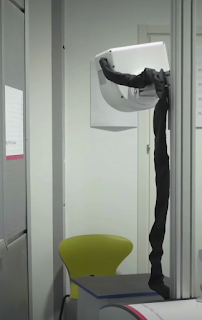How much does the fancy Nanox.Arc 2.0 cost to manufacture?
The original press release says $10,000, and it can do, among others:
- Real-time 3D imaging
- Multi-spectral layering
- Digital sync with treatment tools
CEO reiterated $10,000-$15,000, except for the first 100 units, on the Q4 2020 results call.
But Slide 41 in the January 2021 presentation says:
Costs tens of thousands of dollars
So, $10,000 or tens of thousands dollars?
Neither.
Any functional device that can do real-time 3D imaging, even basic tomosynthesis, will require a built-in detector that costs well over $100,000.
If we remove the real-time requirement and are willing to strap and completely immobilize the patient for over 4 minutes while taking the 45 projections for the tomosynthesis, then we can maybe possibly, however unlikely, get to $20,000, using the lowest-cost DR detectors, and assuming extra cheap hot-cathode dental tubes, HV generator, PC, etc.
Update: The combined selling price of the three "analog" systems (which are actually quite digital, in fact) that are supposed to be replaced by Nanox.Arc 2.0, as shown in that slide, is less than $500,000, not "Millions of dollars" as the slide claims (actually, less than $400,000, if one leaves out the redundant Canon/URS U-arm machine)
Update: Why is cost important? First, the company has about $200 million in cash only, which will barely cover production and deployment of about 1,000 "working" non-fake machines. Second, payback becomes moot (in the same presentation, Slide 27, the company claims $27,000 in estimated "minimum" annual revenues per machine)
Update: Of course, even if Nanox.Arc 2.0 were not fake, its design does not permit taking a Chest PA image, which is the most common x-ray procedure (but it can be easily done with either the Canon or the Shimadzu machine on the slide)






































